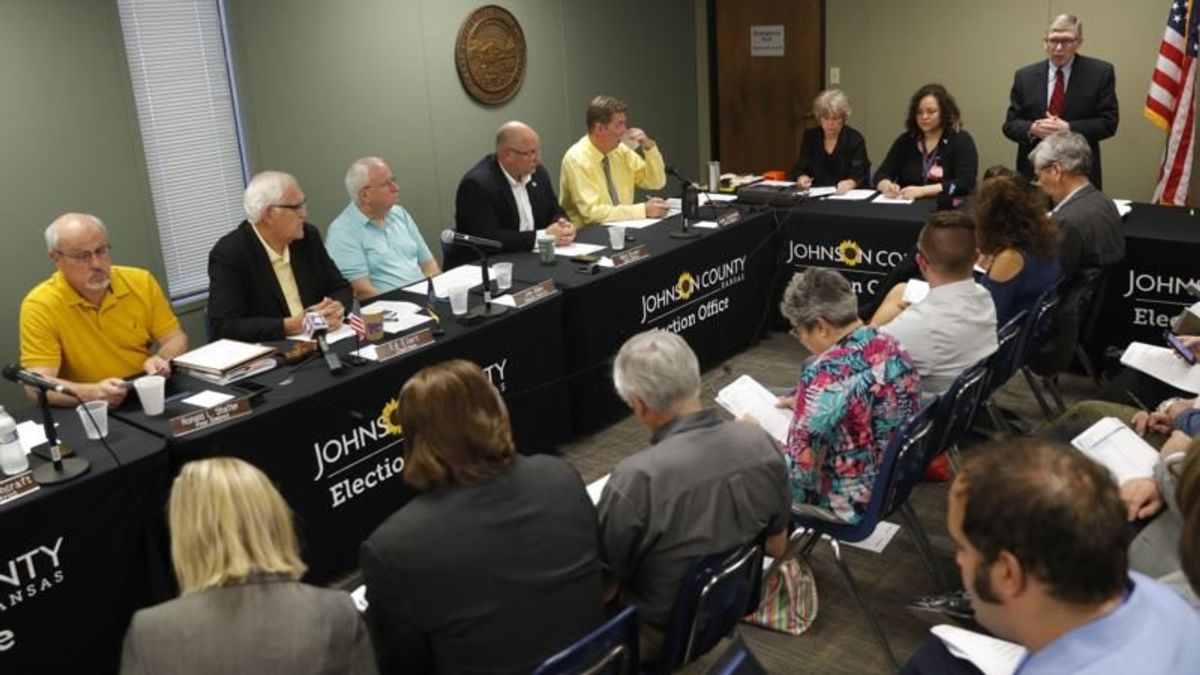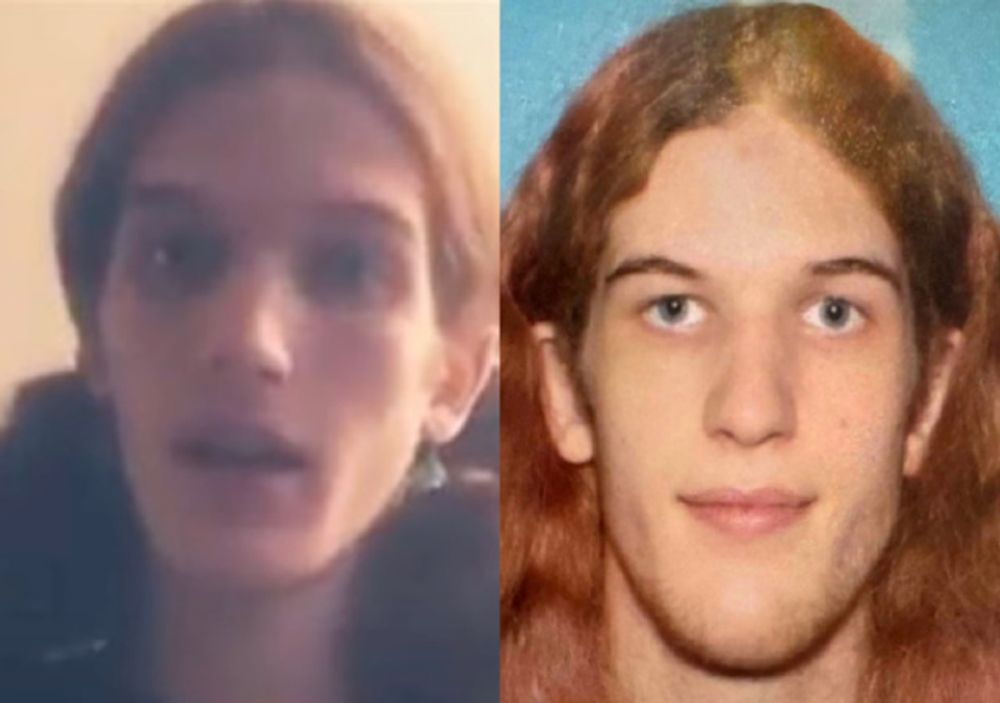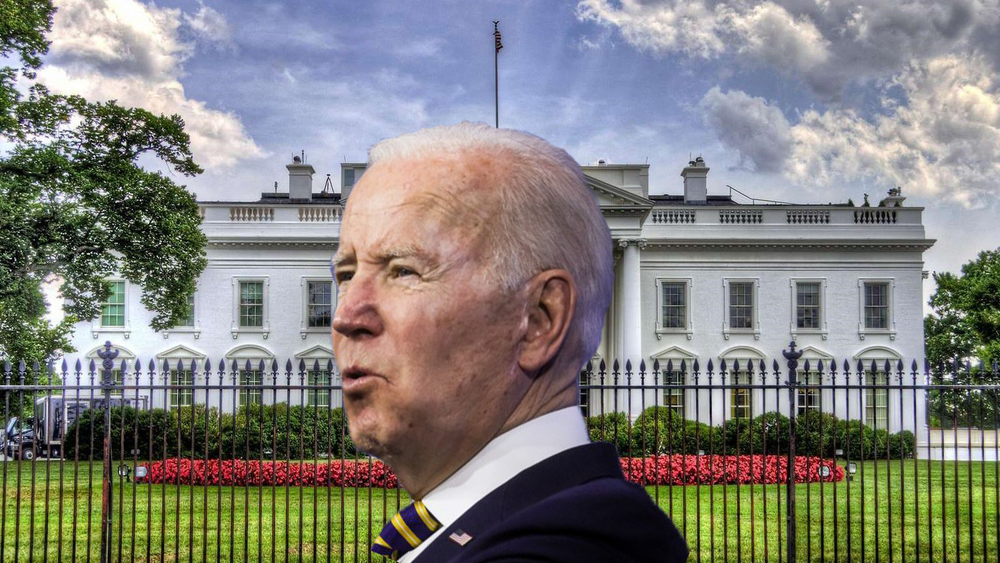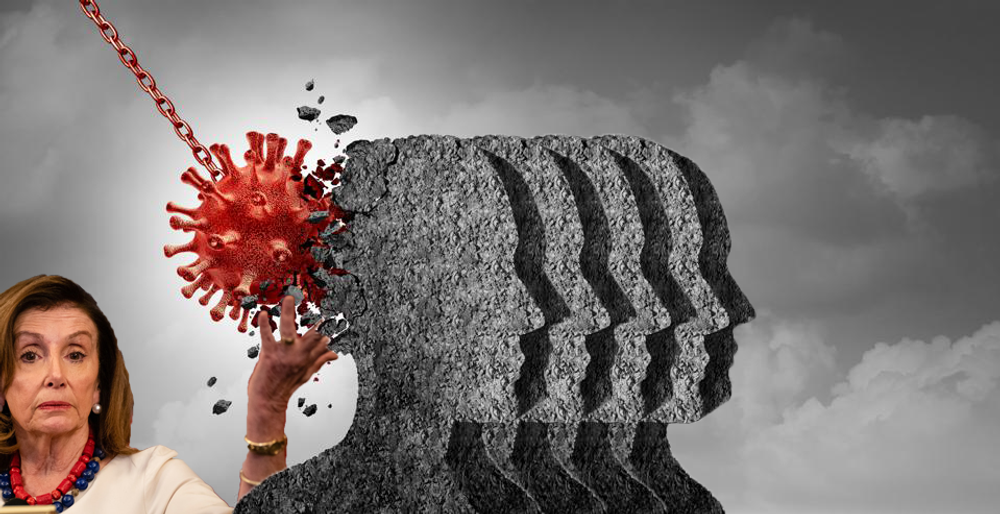
A look at Provisional Ballots in Primary for Kansas Governor
August 14, 2018, 10:31 AM
A look at Provisional Ballots in Primary for Kansas Governor

More than 313,000 ballots were cast in the hotly contested Republican primary for Kansas governor, but the two candidates are separated only by about 200 votes.
Secretary of State Kris Kobach leads Gov. Jeff Colyer after all regular ballots were counted, including mail-in and absentee votes. Now the winner will be determined by a review of some 9,000 provisional ballots.
A closer look at provisional ballots and how they work:
What exactly are provisional ballots?
- When a voter shows up at the polls and questions about their eligibility cannot be easily resolved, federal law requires that person to be offered a provisional ballot. The problem could involve a name not showing up on the voter rolls or a voter's address not matching a photo ID in states where that is required. Prior to the passage of a 2002 law, fewer than half of states offered provisional ballots.
How often are they used?
- During the 2016 presidential election, nearly 41,000 provisional ballots were cast in Kansas, according to data collected by the Election Assistance Commission. More than 2.4 million provisional ballots were cast in the U.S. that year.
- An analysis by the commission found that the use of provisional ballots nationally has been steady since 2006. They account for roughly 1.1 percent of all ballots cast in midterm elections and 1.8 percent of all ballots cast in presidential elections since then.
What happens after an election?
- Provisional ballots are typically kept separate from regular ballots. If a voter is determined to be ineligible, the provisional ballot is rejected and will not be counted.
- Between 2006 and 2016, states and territories reported that roughly 2.5 million provisional ballots were rejected out of some 10 million that were issued, according to the Election Assistance Commission.
- Local election officials reported the most common reason for rejecting a provisional ballot was a voter not being registered in the state. Other reasons include provisional ballots being cast in the wrong county or wrong precinct and problems with a voter's identification or signature.
- The ballots sometimes require a voter to take additional action. For example, in some states that require photo identification, voters who show up at the polls without an ID are directed to cast a provisional ballot and then present identification at their local election office within a few business days.
- Federal law requires election officials to provide a way for voters to check on their provisional ballot, typically by using a toll-free phone number or a website. If a provisional ballot was not counted, a reason should be provided.
What are the concerns?
- Voting rights experts say provisional ballots are an important tool to ensure that a voter is not disenfranchised due to an administrative error. They also create a paper trail for identifying potential areas of concern, such as overly aggressive efforts to remove eligible voters from the rolls.
- Experts also caution against provisional ballots being overused because there is no guarantee that they will be counted.
- "Provisional ballots need to serve their function, which is to give an eligible voter the opportunity to cast a ballot that will count,” said Myrna Perez, deputy director of the Brennan Center's Democracy Program. “If it's merely window dressing and in the end is not going to be a realistic way to solving the problem, that's not going to be helpful.”
- An Associated Press review last year found a large number of provisional ballots rejected in Kansas. Overall, the state rejected 13,717 provisional ballots in the 2016 election, slightly more than the 13,461 ballots that were tossed out in Florida, which has about seven times more residents.
Who makes the rules?
- Although federal law requires provisional ballots to be offered, the process for issuing them and determining which ones are eligible is left to state and local election officials.
- In some states, if a voter has moved within a county but has not updated his or her registration, that person is given a provisional ballot. Other places have same-day voter registration so a voter could update an address and vote at a new polling place. And some places allow voters to cast a ballot anywhere in the county where they live.
- In Kansas, it's unknown how many of the provisional ballots will affect the vote totals in the GOP primary. Some were cast in the Democratic primary, and there are questions about how voters with no party preference were treated when they showed up at the polls.
- By law, they are allowed to declare a party preference by signing a statement and can cast a regular ballot.
- Kobach, the state's top election official, said it's likely that about two-thirds of the 9,000 provisional ballots were cast in the Republican primary based on past elections and that a majority of them will be counted. Kansas counties have until Aug. 20 to finish their ballot review.
Previous Post Late Cloud Over Ellison Bid for Minnesota Attorney GeneralNext PostTrump Calls Ex-aide a ‘Dog’ Who Deserved to Be Fired
Late Cloud Over Ellison Bid for Minnesota Attorney GeneralNext PostTrump Calls Ex-aide a ‘Dog’ Who Deserved to Be Fired
 Late Cloud Over Ellison Bid for Minnesota Attorney GeneralNext PostTrump Calls Ex-aide a ‘Dog’ Who Deserved to Be Fired
Late Cloud Over Ellison Bid for Minnesota Attorney GeneralNext PostTrump Calls Ex-aide a ‘Dog’ Who Deserved to Be Fired







